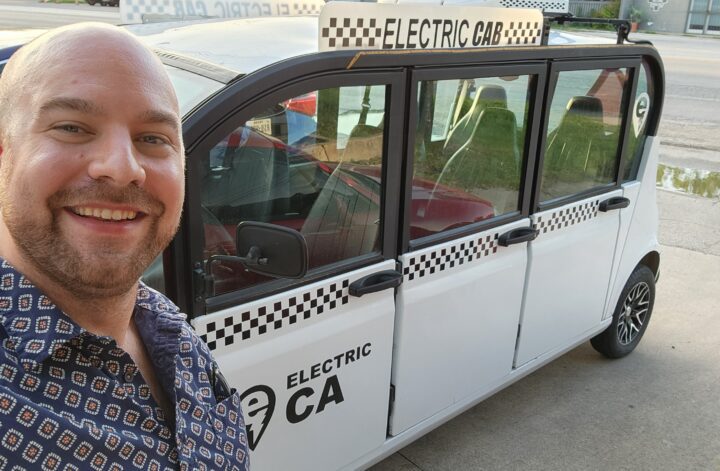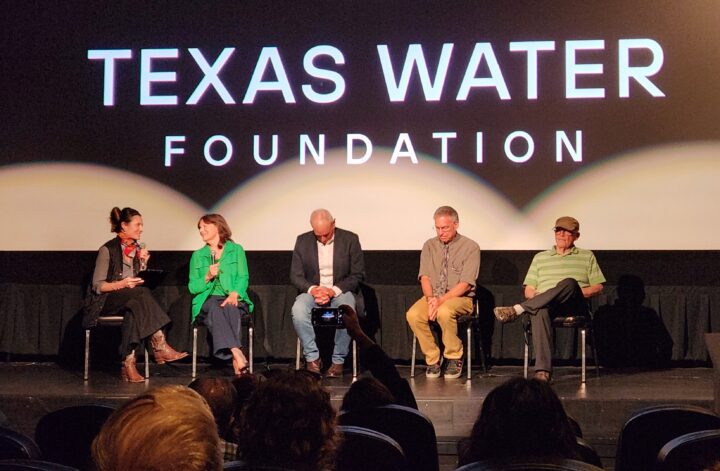This month’s Austin Climate Innovation meetup focused on a rapidly growing and essential topic for modern cities: micromobility. Held at Palm Venture Studios, the event brought together sustainability advocates, transportation professionals, and community members interested in building a better, more connected Austin. With drinks, networking, and passionate speakers, the evening served as both a knowledge exchange and a call to action.
The presentations highlighted how smaller-scale transportation options can have a massive impact on our quality of life, climate footprint, and city infrastructure. As our city grows, so does the urgency to reimagine how we move within it—and micromobility is a clear part of the answer.
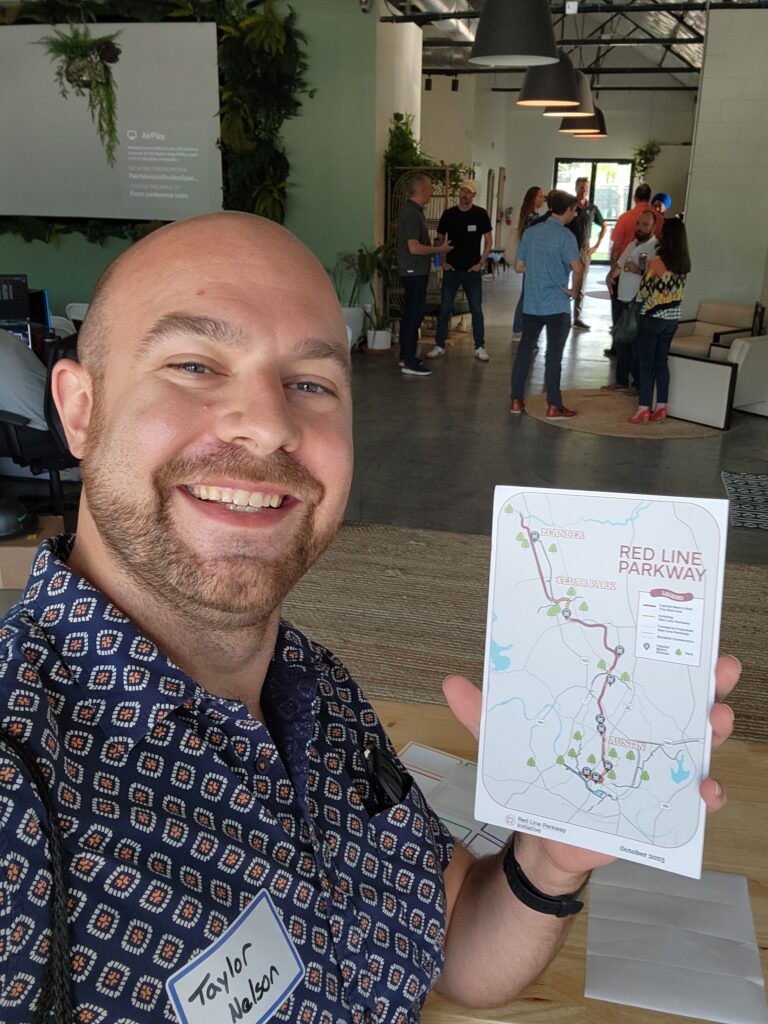
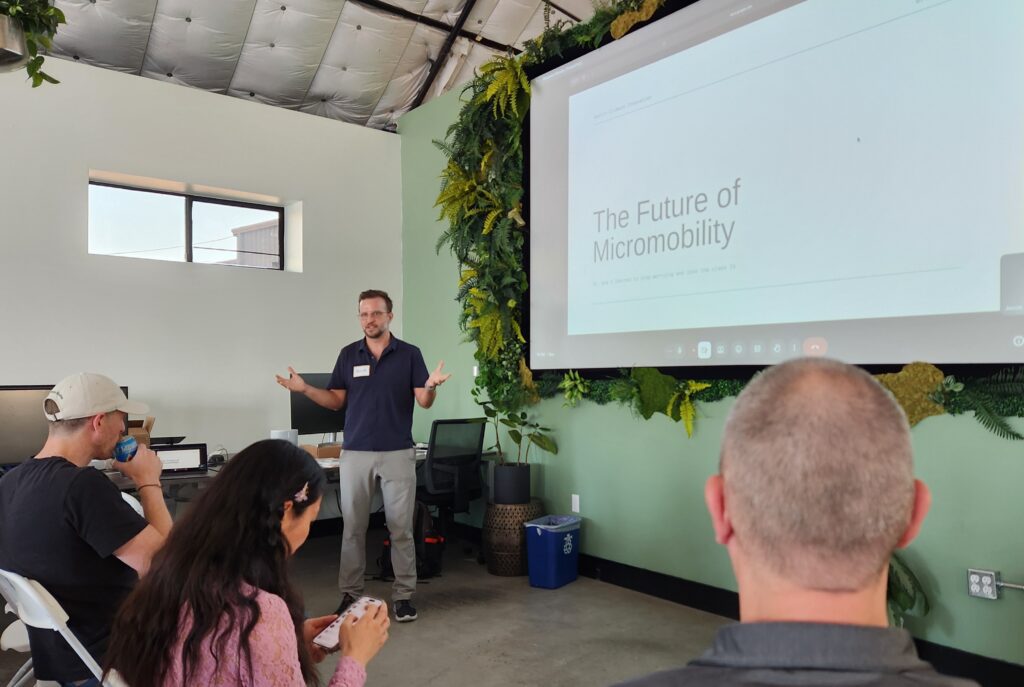


Why Micromobility Matters
Benjamin Wuschely kicked off the evening by exploring the environmental and practical benefits of micromobility, especially the rise of e-bikes as a dominant force in this space. He explained that compared to e-scooters, hoverboards, or skateboards, e-bikes stand out for their energy efficiency, reliability, and positive safety record. Micromobility plays a critical role in reducing traffic congestion and pollution, helping shift short trips away from single-occupancy vehicles. Wuschely also addressed the growing class of e-bikes that border on e-mopeds or electric motorcycles, which brings up questions about regulations, speed limits, and where these vehicles are legally allowed to travel. Beyond transportation benefits, he emphasized the health advantages of biking over sitting in a closed vehicle. With air quality, physical activity, and street safety in mind, micromobility emerges not just as a convenience—but as a necessity for healthier, modern cities.
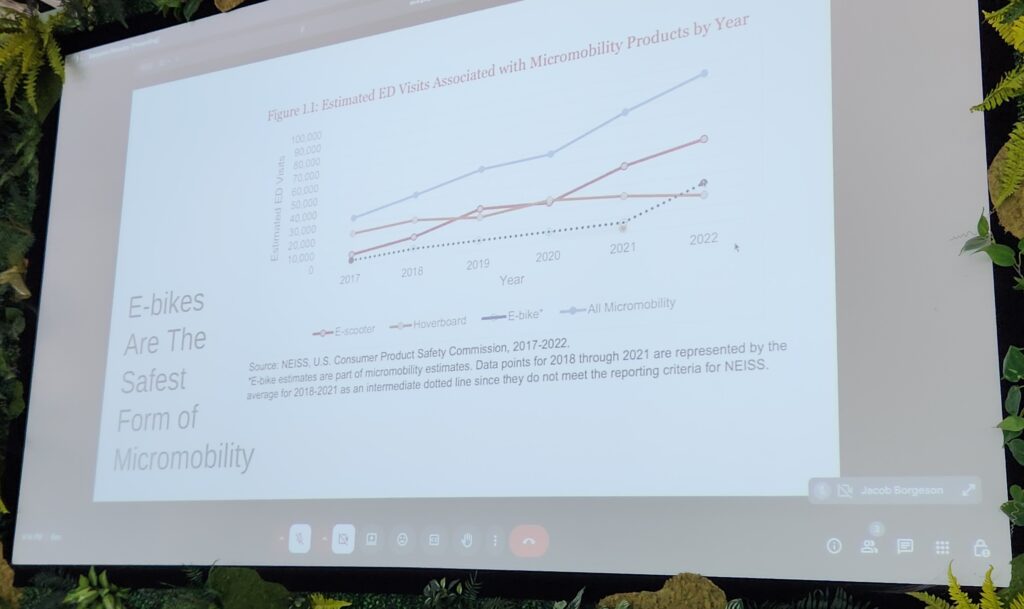
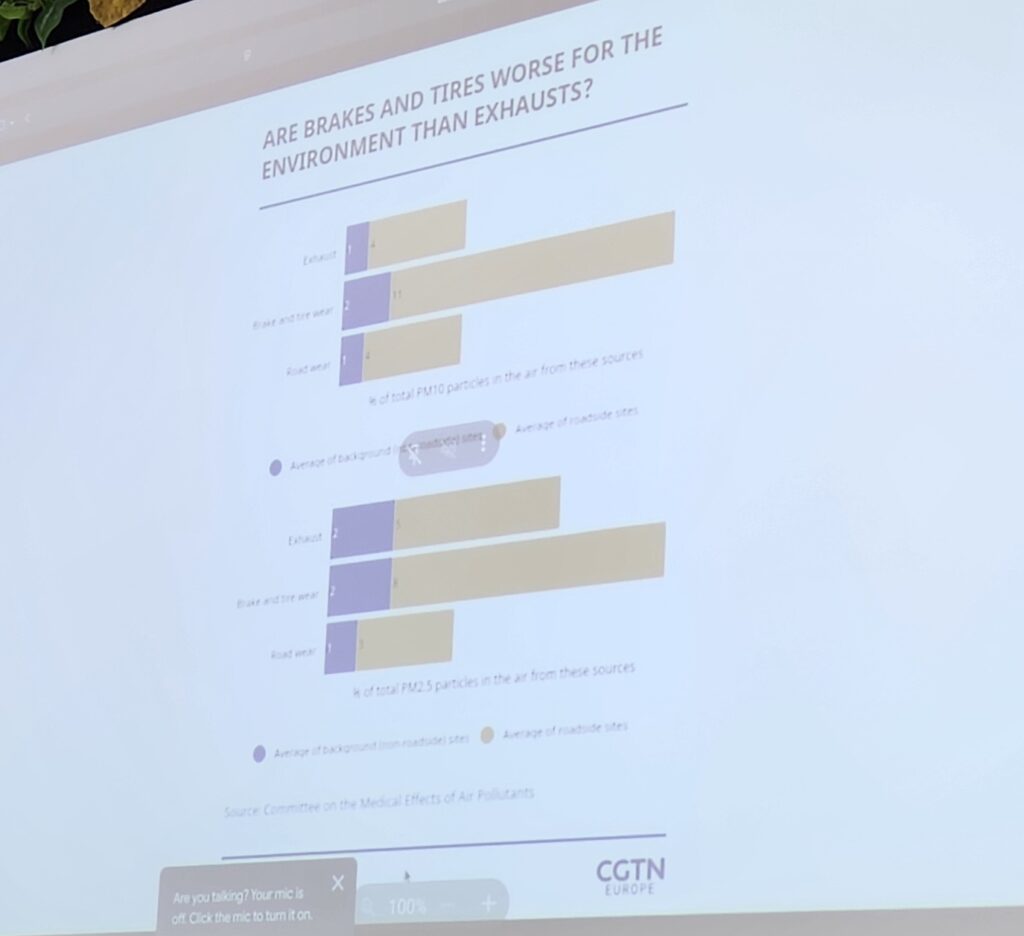
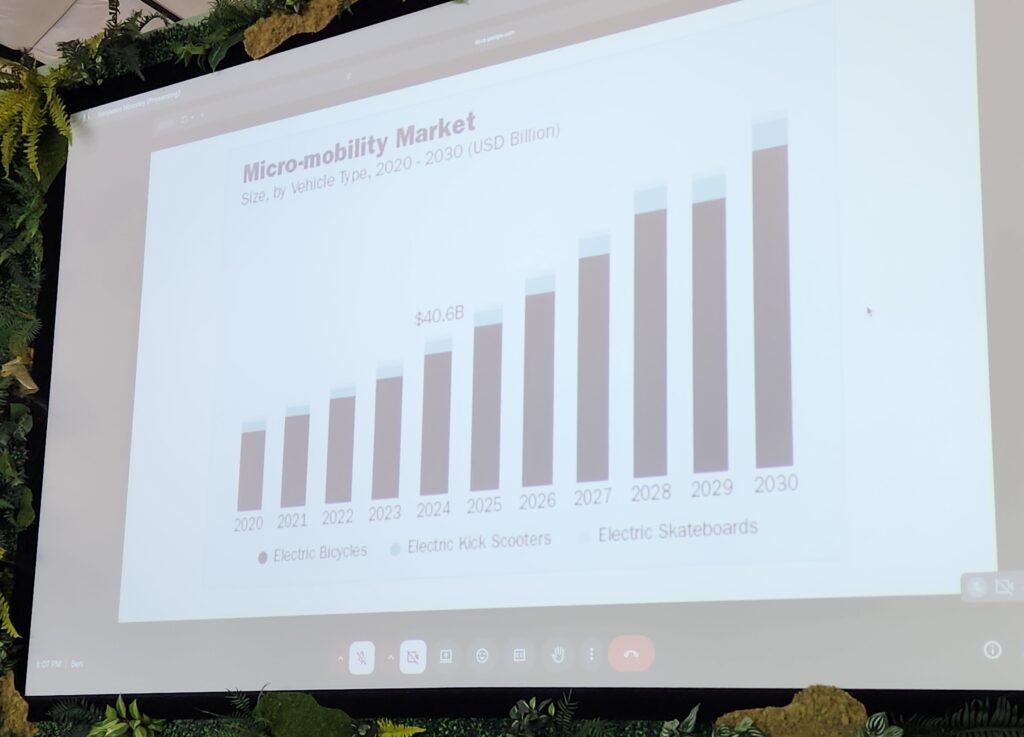
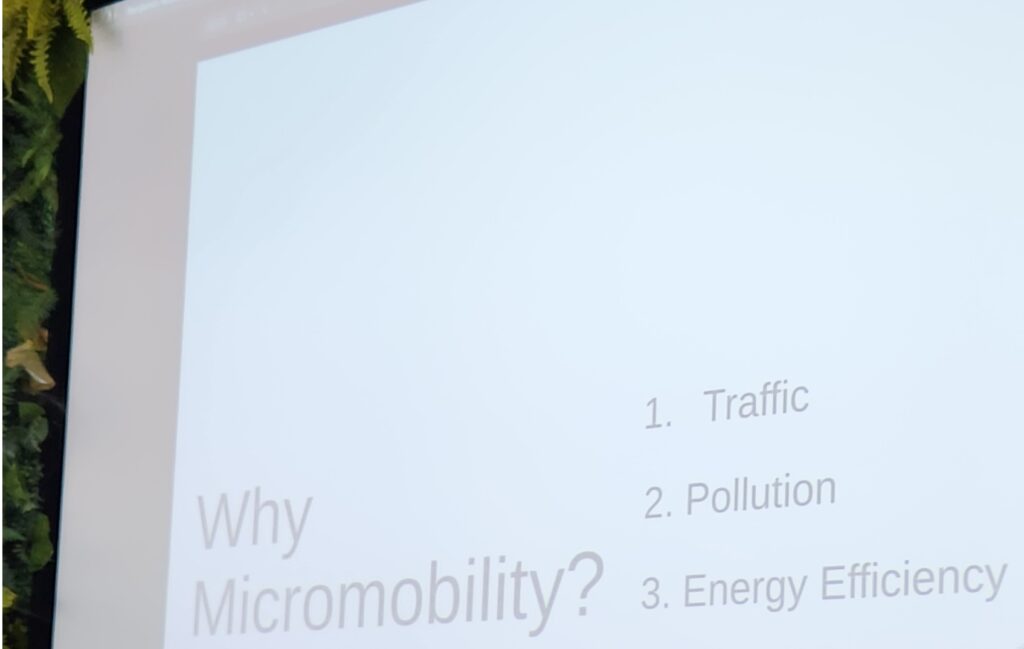

Key takeaways:
- E-bikes are the most energy-efficient and safest micromobility option.
- Micromobility helps reduce traffic and pollution in urban areas.
- Legal distinctions are emerging between e-bikes and e-motorcycles.
- E-bikes encourage physical activity and outdoor engagement.
- Health and environmental benefits make micromobility a win-win situation.
Building the Pathway: Red Line Parkway
Next, Tom Wald, Executive Director of the Red Line Parkway Initiative, introduced attendees to a major mobility project that’s reshaping how Austinites move—without a car. The Parkway is a planned multi-use trail system that will run alongside the Red Line rail corridor, connecting neighborhoods through safe, bikeable, and walkable routes. Wald emphasized that this kind of car-free infrastructure is essential for achieving real modal shifts away from fossil-fueled transportation. He also shared behind-the-scenes challenges, including the unpredictability of developer support and how essential their buy-in is for building continuity across project zones. Despite hurdles, Wald’s long-term vision is one where active transportation is seamlessly integrated with public transit, giving Austinites more freedom to travel sustainably. The Red Line Parkway isn’t just a trail—it’s a statement about where Austin is headed.
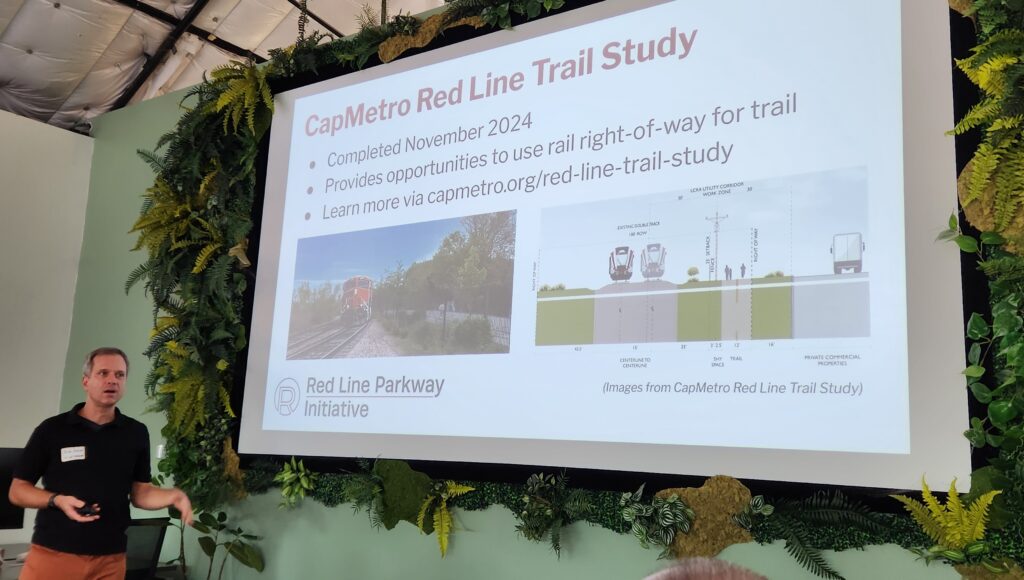
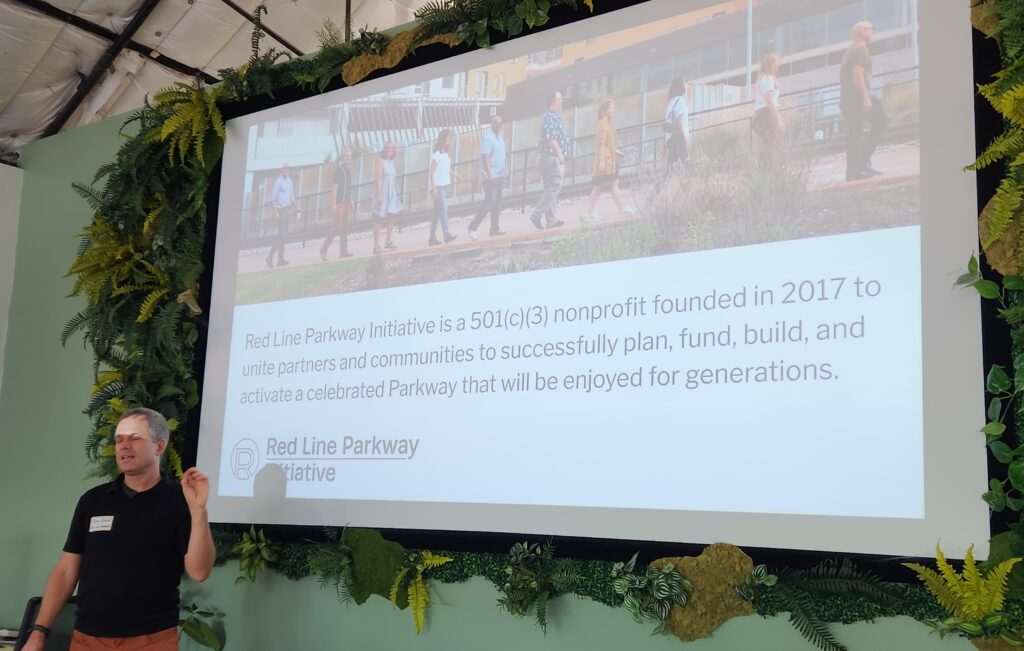
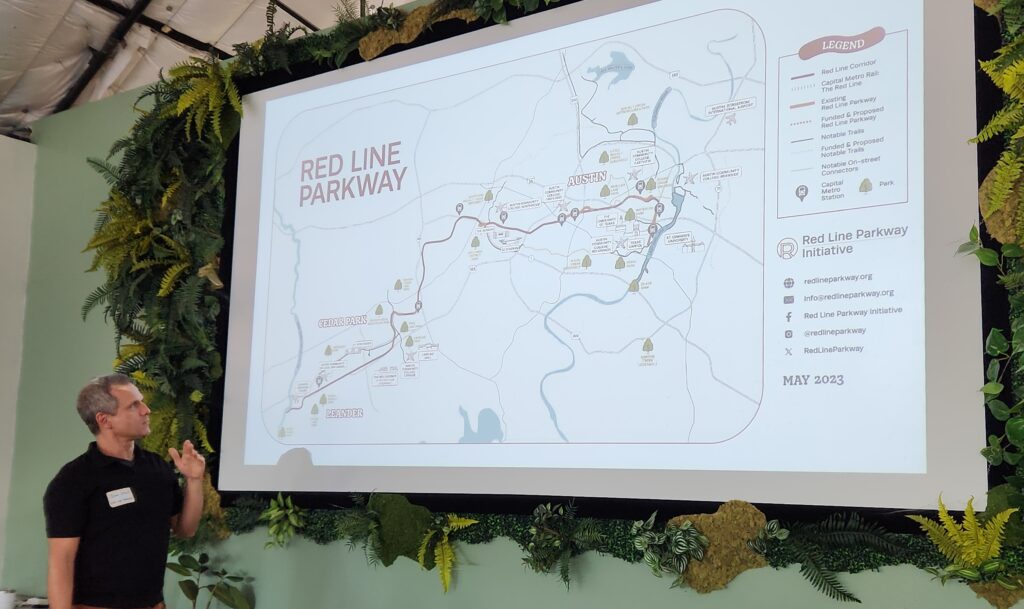
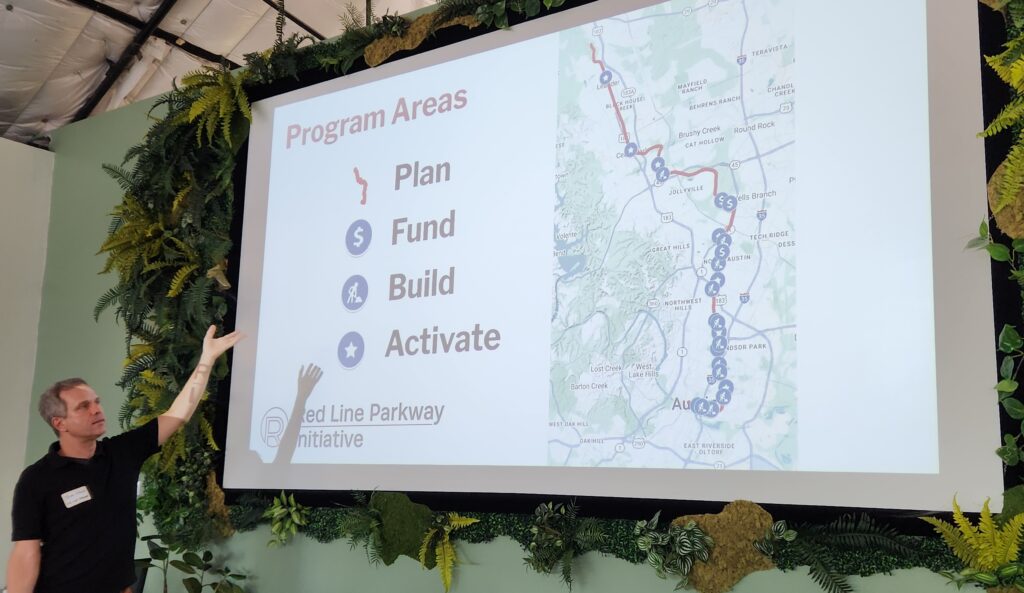
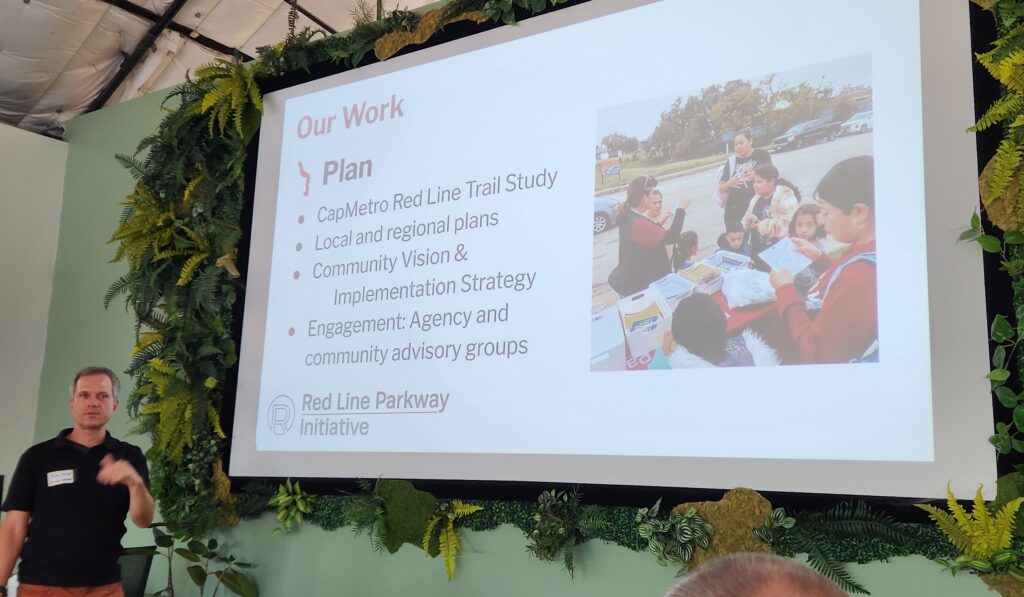
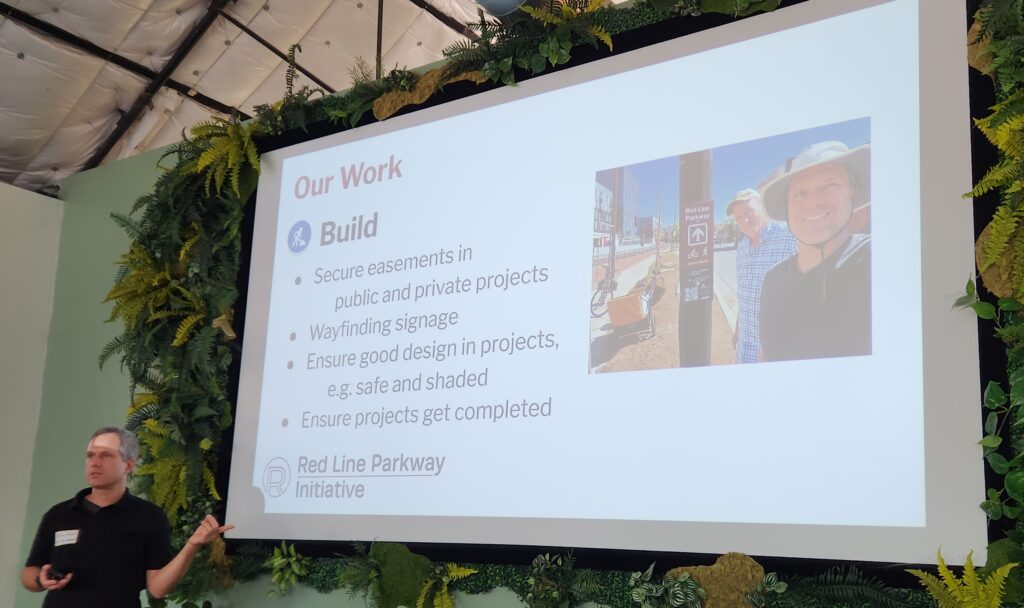
Key takeaways:
- The Red Line Parkway will link communities with a car-free bike and pedestrian trail along the Red Line train.
- It aims to create a continuous, multimodal corridor across Austin and to Leander.
- Developer partnerships are vital, though sometimes difficult to secure.
- Active transit infrastructure is key to reducing car dependency.
- The project aligns with broader goals for sustainable urban planning for the City of Austin.
The eCab Journey: Entrepreneurship Meets Advocacy
The final speaker, Chris Nielsen, founder and CEO of eCab, offered a compelling and unexpected story about launching a micromobility business. What started as an effort to fill short-distance transportation gaps with low-speed electric vehicles quickly became a full-time endeavor—and an exercise in civic engagement. Nielsen discovered that to legally operate his eCabs, he’d need permits and ordinances that didn’t yet exist. Rather than waiting for change, he ran for city council to influence policy from the inside out. His perseverance paid off, enabling eCab to serve high-traffic events like South by Southwest (SXSW) and Austin City Limits (ACL), as well as localized environments like downtown Bastrop and university campuses such as UTSA and Texas State in San Marcos. Nielsen’s journey illustrates the kind of bold action and local advocacy needed to make micromobility work in real-world settings.
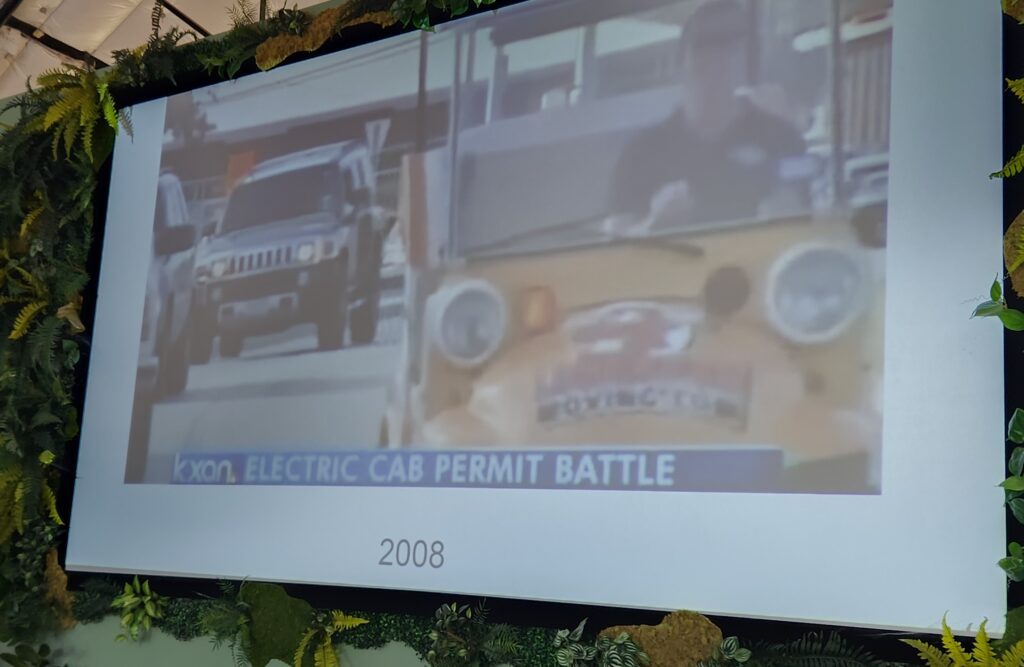
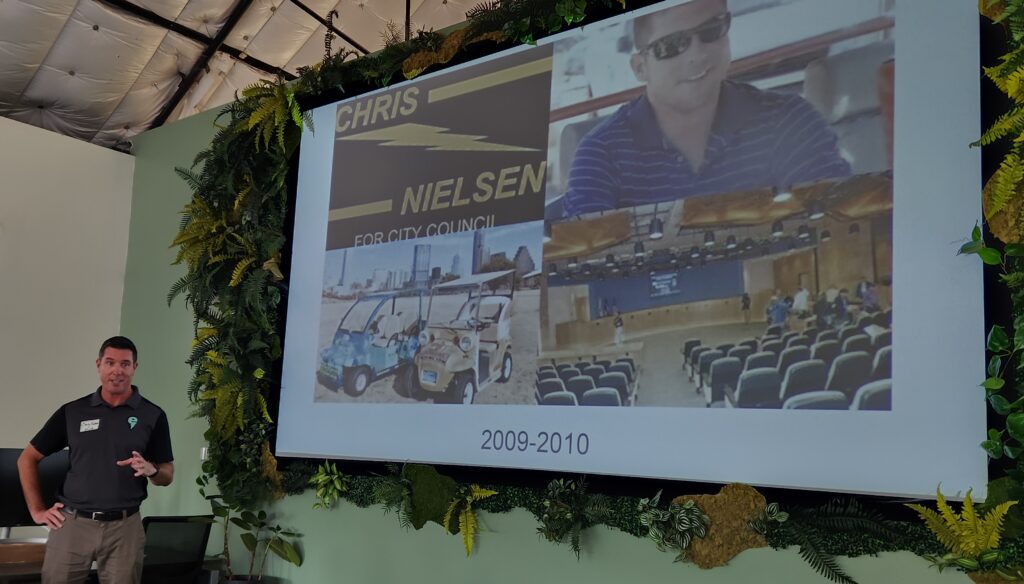
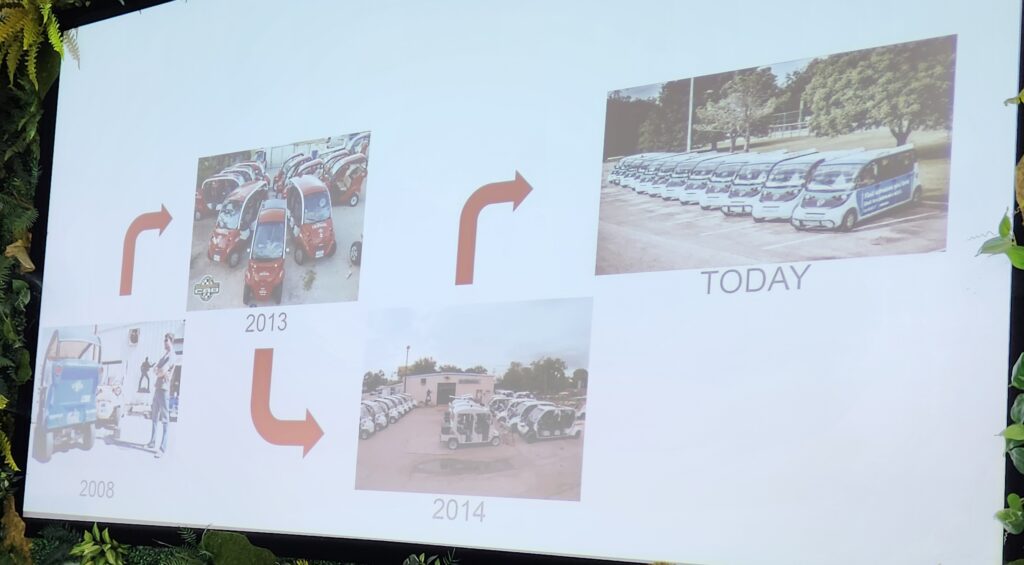
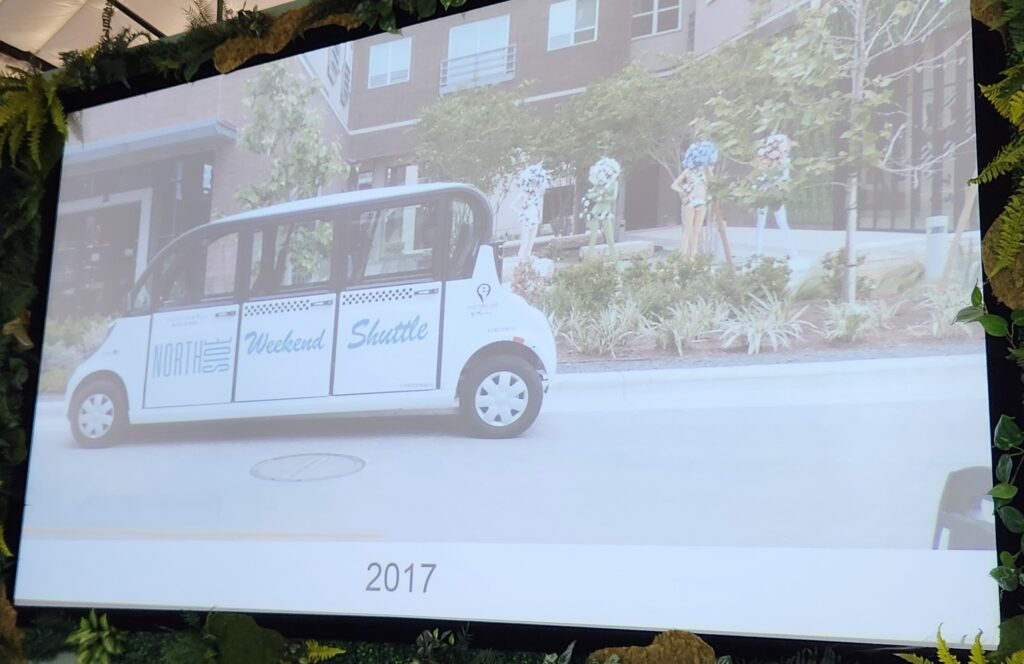
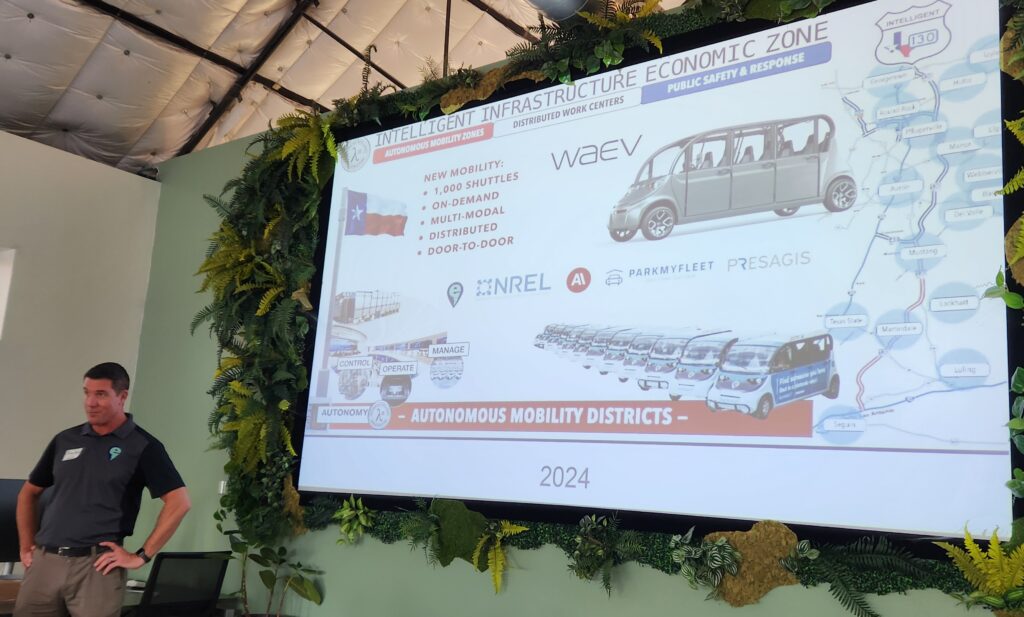
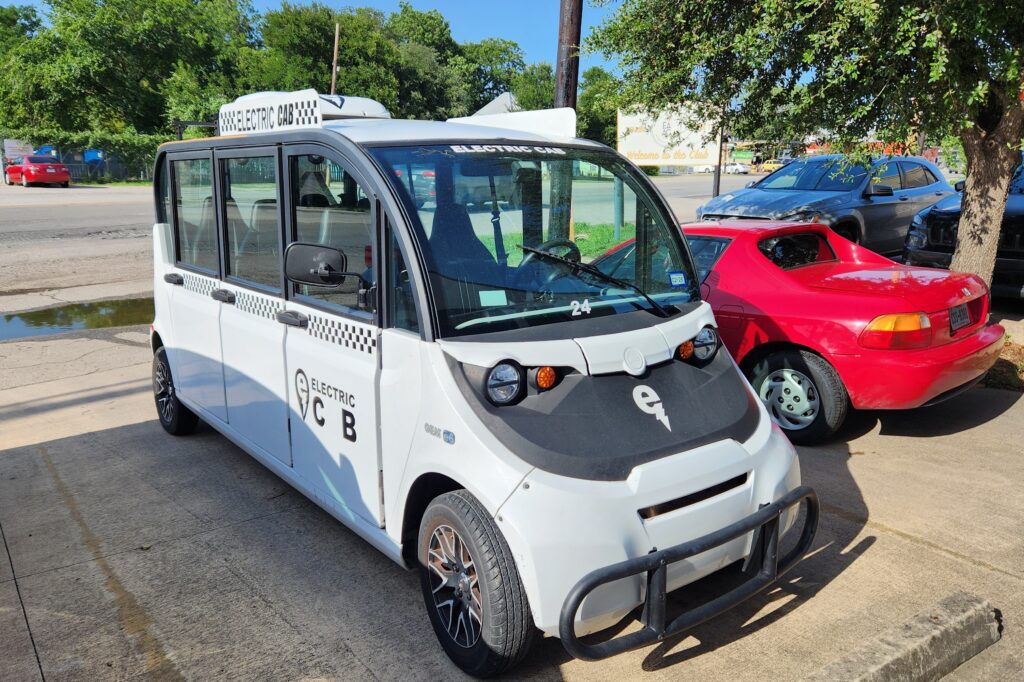
Key takeaways:
- eCab fills the short-distance, low-fare transportation gap with electric low-speed vehicles.
- Legal barriers required Nielsen to take proactive political action for ordinance changes.
- Large-scale and seasonal events models, like SXSW and ACL, rely on eCabs for clean, quick travel.
- eCab also can operate in smaller communities and college campuses.
- The company’s growth shows how innovation can influence local policy.
Final Thoughts
The Austin Climate Innovation June Meetup on Micromobility was more than just presentations—it was an illuminating conversation about the future of how we get around. Whether through biking infrastructure, policy innovation, or business models that prioritize sustainability, it’s clear that micromobility has moved from niche to necessity. The speakers each shared a unique angle on how individuals and institutions can contribute to this shift.
Events like these remind me why I’m passionate about sustainability, especially in cities/urban settings combined with the power of community-driven innovation. If we want cleaner air, safer streets, and more livable neighborhoods, we need to keep pushing for—and pedaling toward—change.
*Content was generated with AI based on my notes and direction, then edited and refined by me for accuracy.

